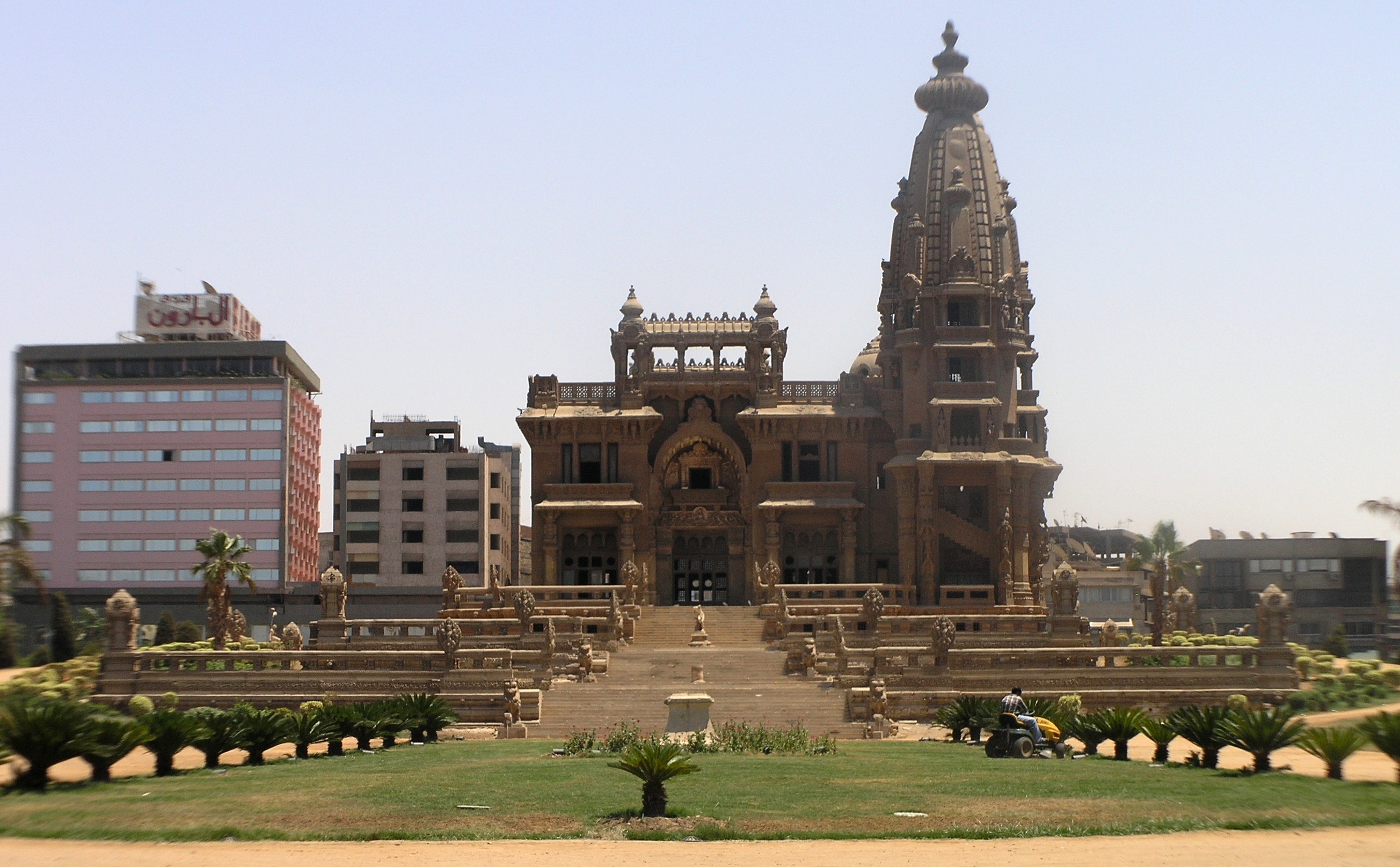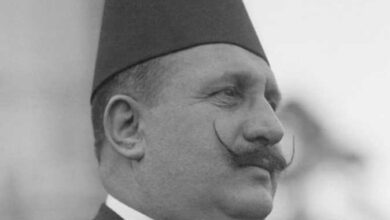Whether it is a future museum, an attempt to disguise a nuclear plant, a secret government building, or a permanent construction site, the constant scaffolding around downtown's theoretical Royal Chariots Museum always made me ask the same question: when will I get to see the chariots?
As a kid growing up in the area and riding in the back of my father’s Peugeot in constant traffic jams on the way home from school, I would observe the project daily. It was, without fail, under construction, and progress was very, very slow. With the active imagination of a middle school boy I envisioned the supposed contents of the building: fancy, colorful chariots driven by men with pointy mustaches and baggy Ottoman pants. Ornaments decorating the carriage windows rattling as the uniformed doorman stops the horse and pulls down the extra steps for the king or the queen. I could imagine streets of cobblestone trodden by horse-drawn carriages on a much more spacious commute than the now-crowded streets of Cairo.
Each year, my journeys to school remained the same, and so did the museum. But the snail's pace of the construction only made me more curious about the contents that was being so cruelly held from me, and more frustrated. Semester to semester, I’d stop to check the progress of the museum covered in scaffolding. Constant workers, a hill of sand, wheelbarrows, cement mixers, and a huge sign with the name of the contractor were the elements of the museum's daytime scene, its only exhibition.
In high school, the museum was still not complete. But I was older and more mature, and so was my imagination. I no longer imagined bare-chested pharaohs wielding their bows, racing through a cloud of falling arrows. Now, I favored government conspiracy. Why was it taking ten years to renovate or build such a small museum? The so-called Royal Chariots Museum must not be a museum at all, I decided, but posing as a museum-to-be. In reality, it is most certainly an intelligence operation unit in place to secure the neighboring 39-story Ministry of Foreign Affairs skyscraper.
Surely secret detectives chose a brilliant spot to protect the government building from the crowds of noisy, working class inhabitants of Bulaq Abul Eilla. Back in the nineties, Egypt was swept by a series of bombings and assassinations. Attacks took places in schools, cafes, and official locations. Egypt's former house speaker was one victim. All this seemed proper justification for the camouflaged fortress. How many chariot-obsessed Cairenes would be asking about the museum's opening day, anyway?
This Bond-flick theory made a lot of sense to me until I graduated from high school. Away from the construction site, I forgot about the museum for years. I moved houses and sometimes cities and my route was missing its landmark mysterious kingly chariot museum.
Now, more than twenty years since I was first acquainted with this museum-under-renovation, little has changed. The same scaffolding, the same mounds of tools inside the lobby and maybe even the same signs are there. The day before writing this story I passed by the museum. It was the same white it had been stained a few years ago. Some dozen gypsum horse heads now decorate the outer walls of the building, probably to reassure the public that someday the place will indeed have chariots. But now there are hints that the museum is coming to life. And now I know a little bit of the real story.
As it turns out, instead of the pharaonic chariots I dreamed of as a boy, the Royal Chariots Museum holds carriages from the time of Mohamad Ali, housed in the very stables where the chariots and horses were kept from the time of Khedive Ismail in 1863. In the 1960s, the place was expropriated by the governorate of Cairo to be used as a car garage. It’s unclear when the serious renovation began. According to the Ministry of Culture, construction has been ongoing for three years and cost LE25 million.
When it is, finally, complete the museum will hold a collection of 67 chariots from the era of Mohamed Ali. The most valued chariot was given as a gift to Khedive Ismail in celebration of the opening of the Suez Canal by Empress Eugenie and Napoleon III, in 1869. Some of the chariots are semi-motorized, according to statements by Nabila Habib, the head of the Historical Museums of Cairo. The museum will include, in addition to the chariots, collections of uniforms and accessories, which may or may not include the baggy Ottoman pants I had imagined.
The Royal Chariots Museum site is located on 26th July street, in the area of Bulaq Abul Eilla, before the 15th of May bridge to Zamalek. It is expected to open in early 2011.




